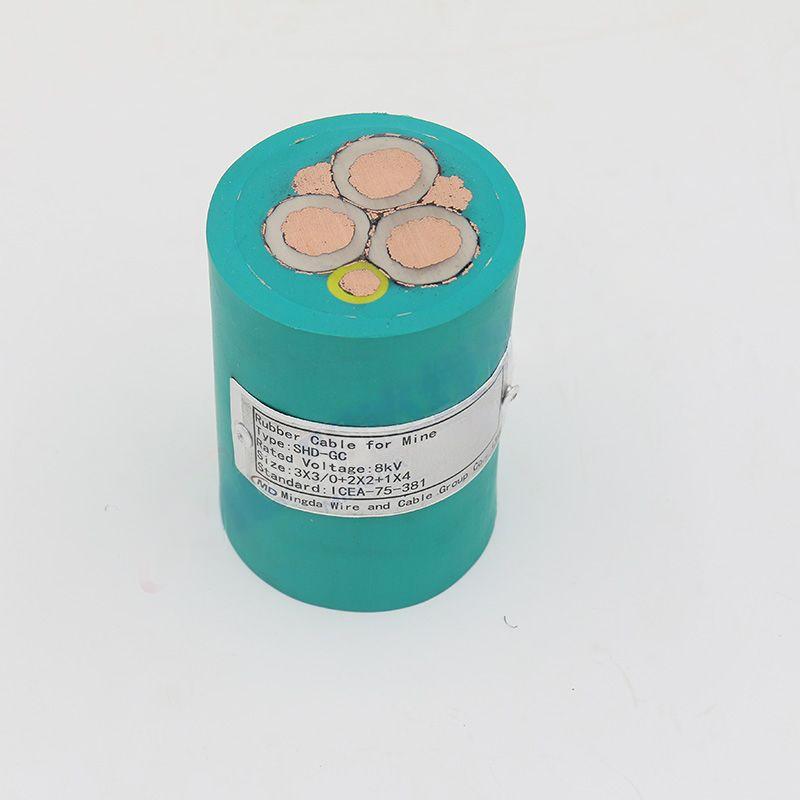Oct . 07, 2024 04:33 Back to list
flexible rubber expansion joint
Flexible Rubber Expansion Joints A Comprehensive Overview
Flexible rubber expansion joints are essential components in various piping systems that help accommodate thermal expansion, vibration, and misalignment. These joints are designed to absorb movement and provide flexibility, thus playing a crucial role in maintaining the integrity and efficiency of piping systems in diverse industries, including water treatment, chemical processing, and HVAC.
Understanding Expansion Joints
Expansion joints are devices that allow for the movement of piping systems caused by temperature changes, pressure variations, and mechanical vibrations. When fluids are heated, the pipes expand; conversely, they contract when cooled. If there are no provisions to manage these movements, stress can build up in the pipes, leading to leaks, breaks, or even catastrophic failures. Flexible rubber expansion joints provide a simple and effective solution to this problem by flexible design that accommodates various types of movement.
Key Features of Flexible Rubber Expansion Joints
1. Material Composition These joints are typically made from high-quality elastomers, such as natural rubber, neoprene, or EPDM (ethylene propylene diene monomer). The choice of material depends on the application environment, including temperature ranges and chemical exposure. Each elastomer offers different levels of resistance to various substances and temperature ranges, providing options for different industrial needs.
2. Design Flexibility Flexible rubber expansion joints come in various designs, including single arch, double arch, and molded styles. This variety allows them to accommodate different types of movements, such as axial, lateral, and angular displacements. Depending on your specific requirements, you can choose a design that meets operational needs without compromising the system's integrity.
3. Vibration Dampening Beyond accommodating thermal expansion and contraction, these joints are excellent at absorbing vibrations that can occur in plumbing systems. Vibrational energy, if left unchecked, can lead to wear and tear on pipes and other connected equipment. The damping qualities of flexible rubber help to prolong the lifespan of these systems, minimizing maintenance costs and downtime.
4. Leak Prevention The design and material properties of flexible rubber expansion joints also contribute to their sealing capabilities. They can be engineered to prevent leaks in high-pressure systems, ensuring that no fluids escape during operation. This is critical in hazardous environments where leaks can lead to serious safety and environmental concerns.
flexible rubber expansion joint

Applications Across Industries
Flexible rubber expansion joints can be found in numerous applications across various sectors
- Water and Wastewater Treatment In these facilities, pipes are often subjected to significant temperature fluctuations and pressure changes. Using flexible rubber expansion joints helps maintain system integrity while ensuring efficient flow.
- Chemical Processing These joints handle a variety of corrosive substances in chemical plants. The proper selection of material ensures compatibility and resilience against harsh chemicals.
- HVAC Systems In heating, ventilation, and air conditioning systems, flexible rubber expansion joints facilitate the smooth operation of air ducts and piping, enhancing energy efficiency and comfort.
Installation and Maintenance Considerations
Proper installation is essential for the effective performance of flexible rubber expansion joints. They should be positioned to allow for movement and not under excessive stress or strain. Regular inspections are also recommended to identify signs of wear or damage, ensuring early intervention to avoid system failures.
Conclusion
Flexible rubber expansion joints are vital components in modern piping systems, providing the necessary flexibility to accommodate temperature changes, absorb vibrations, and prevent leaks. Their diverse applications across industries underline their importance in maintaining system efficiency and safety. By selecting the right materials and designs, engineers can ensure that these joints contribute to the longevity and reliability of industrial piping systems. As technology advances, the development of more durable and efficient expansion joints will continue to support the evolving needs of various industries.
Share
-
Reliable Wafer Type Butterfly Valves for Every IndustryNewsJul.25,2025
-
Reliable Flow Control Begins with the Right Ball Check ValveNewsJul.25,2025
-
Precision Flow Control Starts with Quality ValvesNewsJul.25,2025
-
Industrial Flow Control ReliabilityNewsJul.25,2025
-
Engineered for Efficiency Gate Valves That Power Industrial PerformanceNewsJul.25,2025
-
Empowering Infrastructure Through Quality ManufacturingNewsJul.25,2025